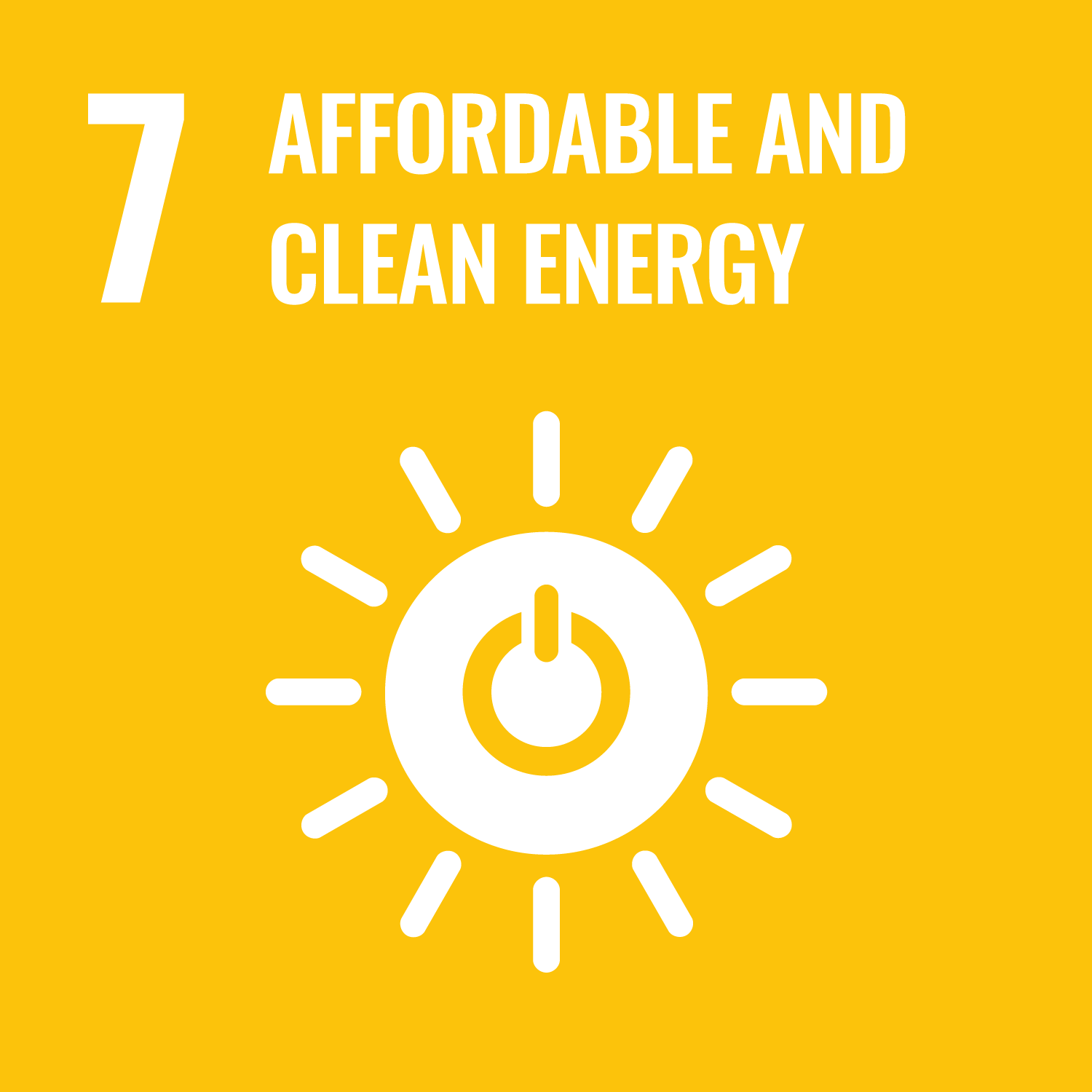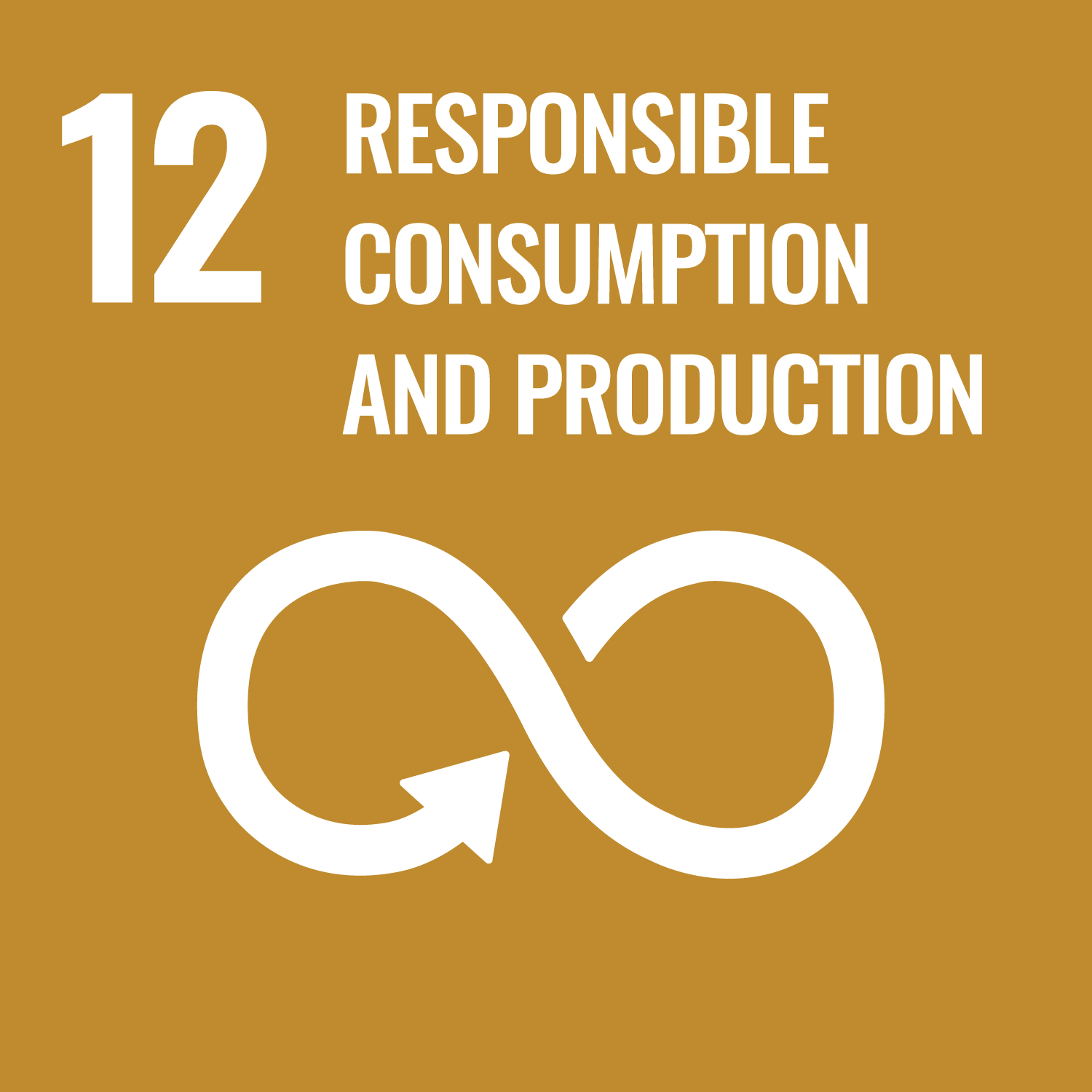Living organisms utilize sun light as energy source or for acquiring environmental information. This course deals with the
photochemical aspects of the mechanisms of these processes.
Light is widely used in medical technology. Photochemistry is applied in various ways in the medical technology. One of the aims of this course is to obtain the scope of the application of photochemistry to medical check, medical treatment, and other medical technologies.
The first part of this course is the lectures on basic photochemistry. In the second part, students will experience photochemical measurements in laboratory experimens. In the third part, each student is requested to have a presentation about his own research project.
Light is widely used in medical technology. Photochemistry is applied in various ways in the medical technology. One of the aims of this course is to obtain the scope of the application of photochemistry to medical check, medical treatment, and other medical technologies.
The first part of this course is the lectures on basic photochemistry. In the second part, students will experience photochemical measurements in laboratory experimens. In the third part, each student is requested to have a presentation about his own research project.
One of the aims of this course is to provide wide scope of the photochemical processes observed in living organisms. The other
aim is to introduce the scope of the application of photochemistry to medicine. By laboratory experiments in this class, students
will be led to be familiar with photochemical experiments.
- To obtain the scope of the application of photochemistry to medical technology.
- To obtain the scope of biological aspects of photochemistry.
- To acquire skills to estimate and evaluate innovative effects of photochemical research to medical technology.
- To improve skills to give an effective research presentation.
| Class schedule | HW assignments (Including preparation and review of the class.) | Amount of Time Required | |
|---|---|---|---|
| 1. | Guidance, An Overview | Review the matters learned so far about photochemistry. | 50minutes |
| 2. | Photochemical Principles (Lecture) | Read the handouts or reference papers. | 200minutes |
| 3. | Photophysics (Lecture) | Read the handouts or reference papers. | 200minutes |
| 4. | Bacteria and Photochemistry (Lecture) | Read the handouts or reference papers. | 200minutes |
| 5. | Plants and Photochemistry (Lecture) | Read the handouts or reference papers. | 200minutes |
| 6. | Molecular Probes and Photodynamic Therapy (Lecture) | Read the handouts or reference papers. | 200minutes |
| 7. | Supramolecular Photochemistry (Lecture) | Read the handouts or reference papers. | 200minutes |
| 8. | Laboratory Experiments A (Luminescence and Chemiluminescence) | Read the handouts or reference papers. | 200minutes |
| 9. | Laboratory Experiments B (Artificial Photosynthesis) | Read the handouts or reference papers. | 200minutes |
| 10. | Laboratory Experiments C (Fluorescence Spectrum and Quantum Yield) | Prepare for the presentation. Read the papers introduced at the last class. | 200minutes |
| 11. | Laboratory Experiments D (Fluorescence Lifetime) | Prepare for the presentation. Read the papers introduced at the last class. | 200minutes |
| 12. | Presentation about the Research Projects by Students (Students of Group A) | Prepare for the presentation. Read the papers introduced at the last class. | 200minutes |
| 13. | Presentation about the Research Projects by Students (Students of Group B) | Prepare for the presentation. Read the papers introduced at the last class. | 200minutes |
| 14. | Summary and planning for future research development | Plan for your own future research development. | 200minutes |
| Total. | - | - | 2650minutes |
| Evaluation of presentation and discussion | Report | Total. | |
|---|---|---|---|
| 1. | 5% | 15% | 20% |
| 2. | 5% | 15% | 20% |
| 3. | 30% | 30% | |
| 4. | 30% | 30% | |
| Total. | 70% | 30% | - |
With presentation (70 points), class participation (30 points), for a possible total of 100 points, a passing grade will require
a total score of 60 points or more.
Textbook:
C. E. Wayne, R. P. Wayne, Photochemistry, Oxford Chemistry Primers 39, Oxford University Press, Oxford, 1996.
Handouts will also be provided.
Reference Book:
N. J. Turro, V. Ramamurthy, J. C. Scaiano, Principles of Molecular Photochemistry, University Science Books, Sausalito, 2009.
C. E. Wayne, R. P. Wayne, Photochemistry, Oxford Chemistry Primers 39, Oxford University Press, Oxford, 1996.
Handouts will also be provided.
Reference Book:
N. J. Turro, V. Ramamurthy, J. C. Scaiano, Principles of Molecular Photochemistry, University Science Books, Sausalito, 2009.
- Contact on Tuesday from 13:10 to 18:30 or Thursday from 13:10 to 16:30 at Rm 3100-2 on 1st floor of the 3rd building,
or e-mail to asao@shibaura-it.ac.jp.
- Course that cultivates an ability for utilizing knowledge
- Course that cultivates a basic problem-solving skills
| Work experience | Work experience and relevance to the course content if applicable |
|---|---|
| N/A | N/A |


- 7.AFFORDABLE AND CLEAN ENERGY
- 12.RESPONSIBLE CONSUMPTION & PRODUCTION
Last modified : Sun Mar 21 15:42:51 JST 2021
